Home » Servo System » What are the Technical Requirements of Servo System?
What are the Technical Requirements of Servo System?
A servo system is a critical component in various applications, ranging from robotics and manufacturing to aerospace and automotive industries. It plays a crucial role in providing precise control of position, velocity, and acceleration of mechanical systems. To ensure optimal performance, several technical requirements must be considered in the design and implementation of a servo system.
1. System Accuracy
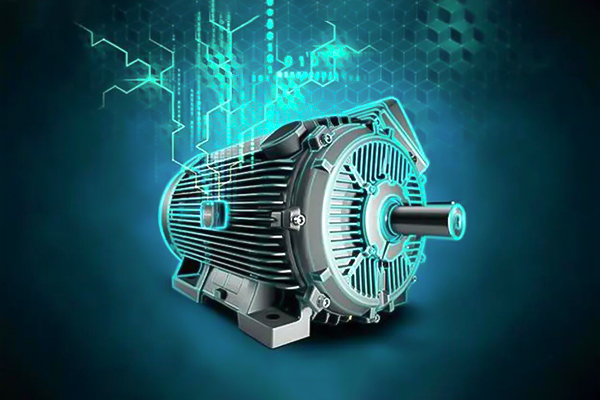
Servo system accuracy refers to the degree of precision with which the output volume reproduces the input signal requirements, expressed in the form of error, i.e., dynamic error, steady state error, and static error. Stabilized servo system to the input changes are reflected in the form of an oscillation decay, the amplitude and process of oscillation produces the dynamic error of the system. When the system oscillation decay to a certain degree, we call it steady state, the system error is the steady state error. The error determined by the accuracy of the device's own parts and assembly accuracy is usually referred to as the static error.
2. Stability

The stability of a servo system refers to the ability of the system to return to its original stable state when the disturbance acting on the system disappears. Or when the system is given a new input command, the system to reach a new stable operating state. If the system is able to enter a stable state, and the process time is short, the system stability is good. Otherwise, if the system oscillates more and more strongly, or the system enters the equal amplitude oscillation state, it belongs to the unstable system. Mechatronics servo systems usually require high stability.
3. Response Characteristic
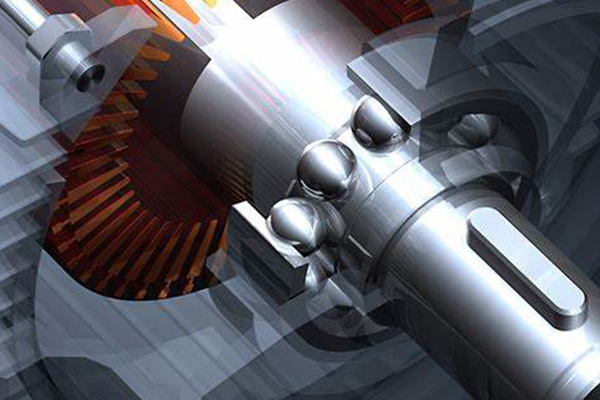
Response characteristics refer to the speed of response of the output to follow the change of the input command, which determines the efficiency of the system. Response speed is related to many factors, such as the running speed of the computer, damping of the motion system, and mass.
4. Operating Frequency
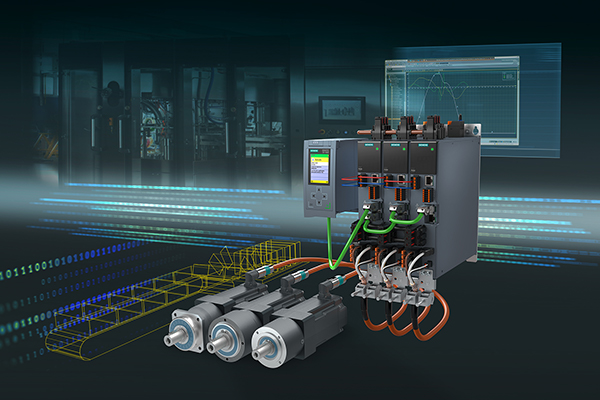
Operating frequency usually refers to the frequency of the system allows input signals around. When the working frequency signal input, the system can work normally according to the technical requirements; while other frequency signal input, the system can not work normally. In mechatronic systems, the operating frequency generally refers to the operating speed of the actuator.
5. Sensitivity
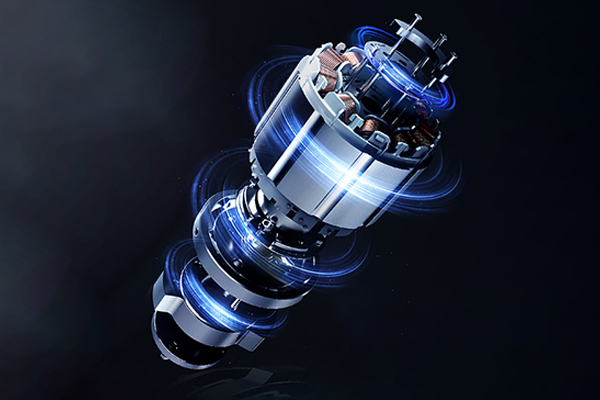
The parameter changes of each component of the system will affect the performance of the system, and the sensitivity of the system to these changes should be small, i.e., the performance of the system should be unaffected by the parameter changes. Detailed measures are as follows: for the open-loop system, the components should be strictly selected. For the closed-loop system, the selection criteria of the components in the output channel can be appropriately relaxed, and the components of the feedback channel must be strictly selected to improve the sensitivity of the system.
1. System Accuracy

Servo system accuracy refers to the degree of precision with which the output volume reproduces the input signal requirements, expressed in the form of error, i.e., dynamic error, steady state error, and static error. Stabilized servo system to the input changes are reflected in the form of an oscillation decay, the amplitude and process of oscillation produces the dynamic error of the system. When the system oscillation decay to a certain degree, we call it steady state, the system error is the steady state error. The error determined by the accuracy of the device's own parts and assembly accuracy is usually referred to as the static error.
2. Stability

The stability of a servo system refers to the ability of the system to return to its original stable state when the disturbance acting on the system disappears. Or when the system is given a new input command, the system to reach a new stable operating state. If the system is able to enter a stable state, and the process time is short, the system stability is good. Otherwise, if the system oscillates more and more strongly, or the system enters the equal amplitude oscillation state, it belongs to the unstable system. Mechatronics servo systems usually require high stability.
3. Response Characteristic

Response characteristics refer to the speed of response of the output to follow the change of the input command, which determines the efficiency of the system. Response speed is related to many factors, such as the running speed of the computer, damping of the motion system, and mass.
4. Operating Frequency

Operating frequency usually refers to the frequency of the system allows input signals around. When the working frequency signal input, the system can work normally according to the technical requirements; while other frequency signal input, the system can not work normally. In mechatronic systems, the operating frequency generally refers to the operating speed of the actuator.
5. Sensitivity

The parameter changes of each component of the system will affect the performance of the system, and the sensitivity of the system to these changes should be small, i.e., the performance of the system should be unaffected by the parameter changes. Detailed measures are as follows: for the open-loop system, the components should be strictly selected. For the closed-loop system, the selection criteria of the components in the output channel can be appropriately relaxed, and the components of the feedback channel must be strictly selected to improve the sensitivity of the system.
Post a Comment:
You may also like:

Category
Featured Articles
What is Servo System?
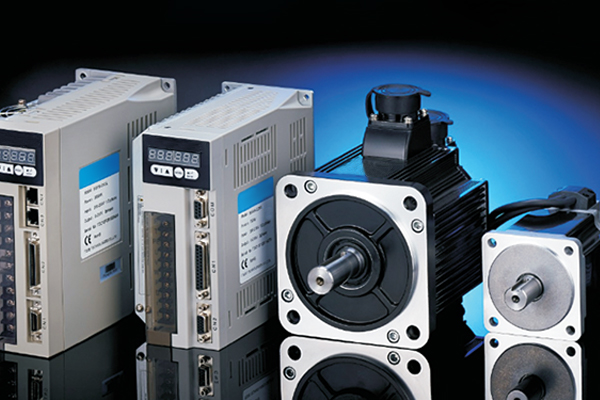 A feedback control system used to precisely follow or reproduce a process. Also known as a follower system. In many cases, a ...
A feedback control system used to precisely follow or reproduce a process. Also known as a follower system. In many cases, a ...
 A feedback control system used to precisely follow or reproduce a process. Also known as a follower system. In many cases, a ...
A feedback control system used to precisely follow or reproduce a process. Also known as a follower system. In many cases, a ...What Should Consider Before Using ...
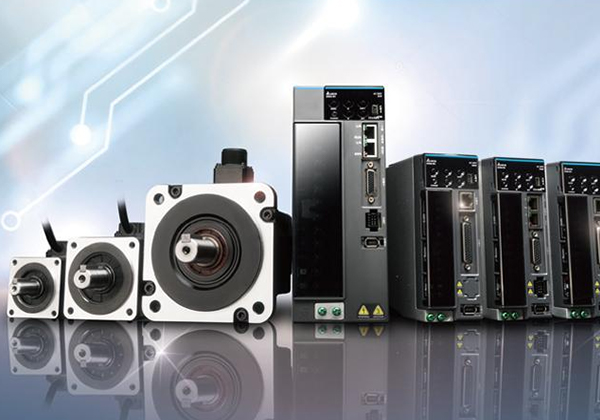 Servo system is a commonly used control system, widely used in industrial automation. It compares the output signal with the ...
Servo system is a commonly used control system, widely used in industrial automation. It compares the output signal with the ...
 Servo system is a commonly used control system, widely used in industrial automation. It compares the output signal with the ...
Servo system is a commonly used control system, widely used in industrial automation. It compares the output signal with the ...What is the Bandwidth of ...
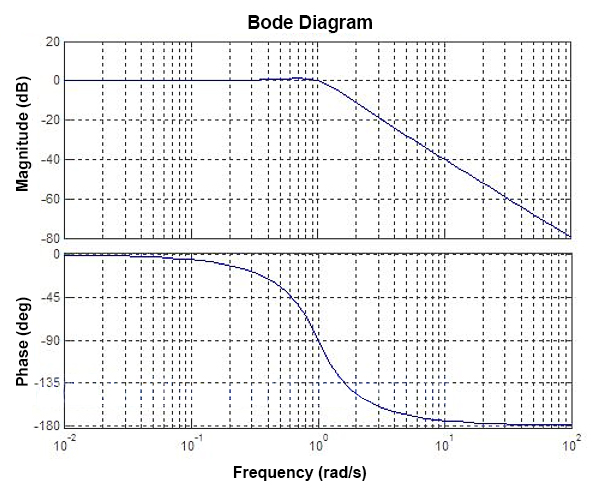 For a servo system, the bandwidth is the maximum sine wave frequency to which the servo system can respond. In professional ...
For a servo system, the bandwidth is the maximum sine wave frequency to which the servo system can respond. In professional ...
 For a servo system, the bandwidth is the maximum sine wave frequency to which the servo system can respond. In professional ...
For a servo system, the bandwidth is the maximum sine wave frequency to which the servo system can respond. In professional ...What are the Basic Components of ...
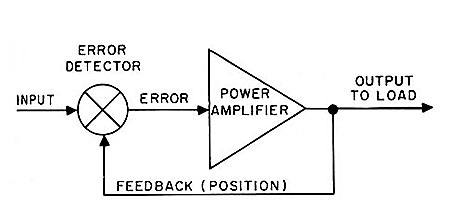 Servomechanisms, called servos for short, are the basic building blocks of power drives. In this manual what we mean by a power ...
Servomechanisms, called servos for short, are the basic building blocks of power drives. In this manual what we mean by a power ...
 Servomechanisms, called servos for short, are the basic building blocks of power drives. In this manual what we mean by a power ...
Servomechanisms, called servos for short, are the basic building blocks of power drives. In this manual what we mean by a power ...